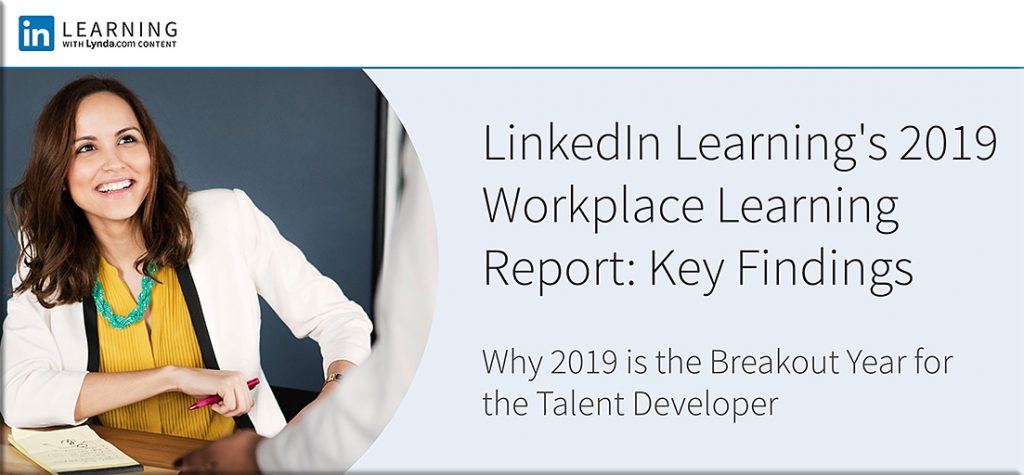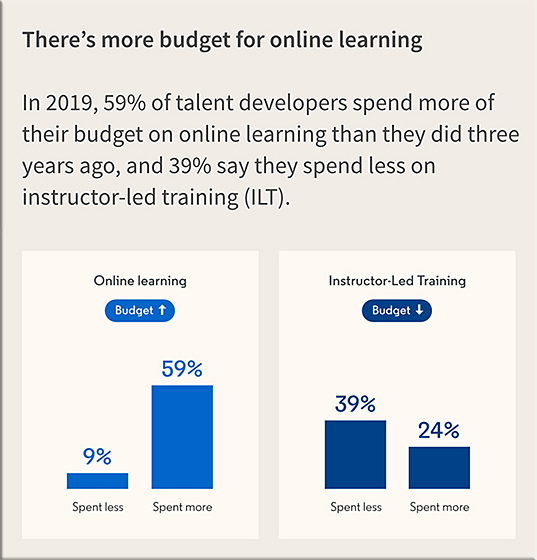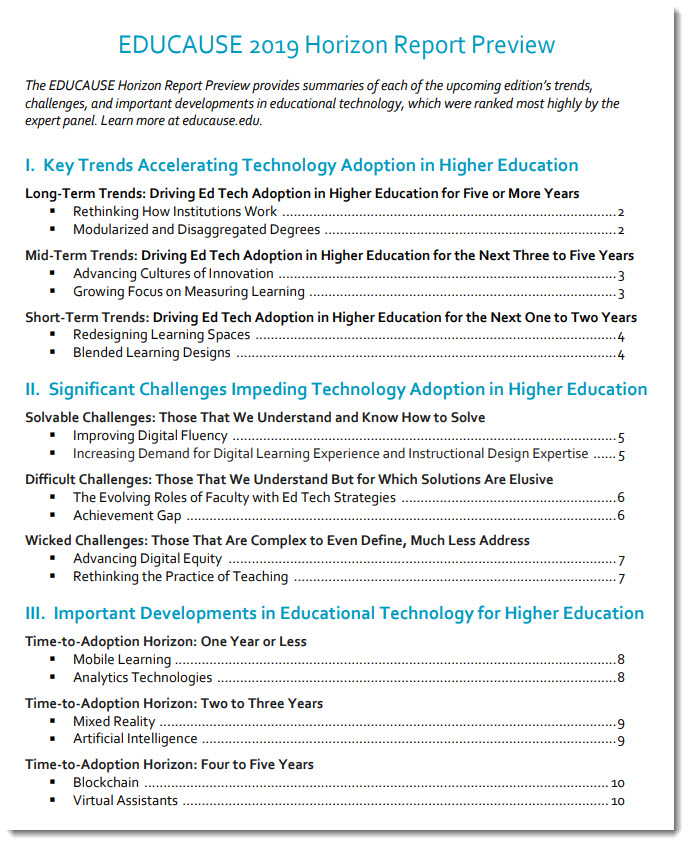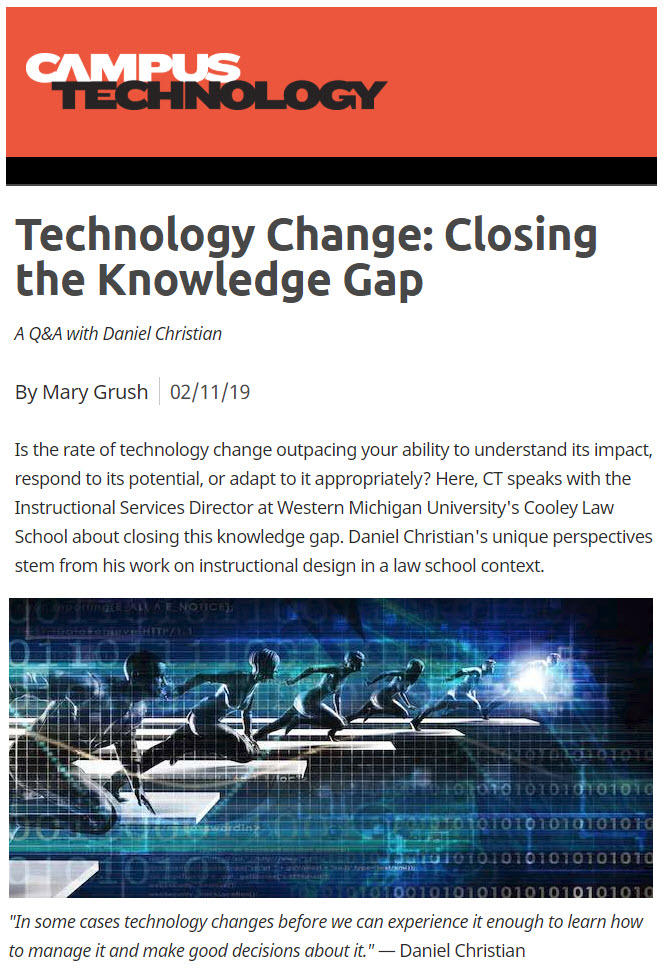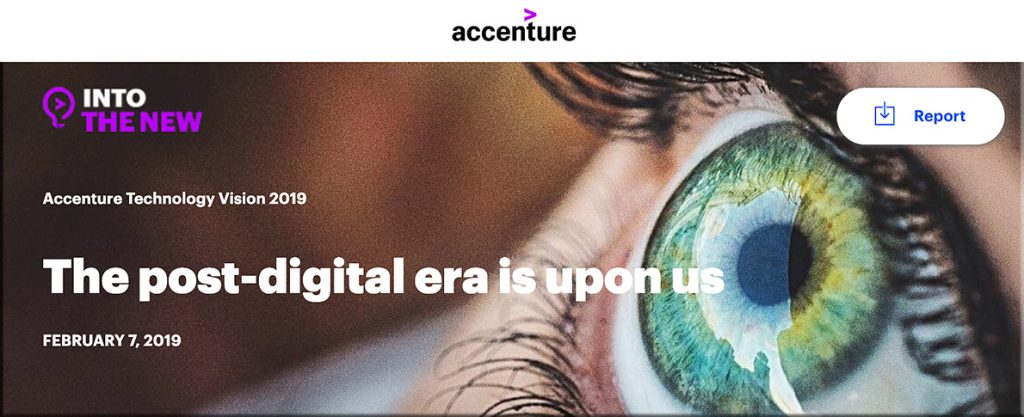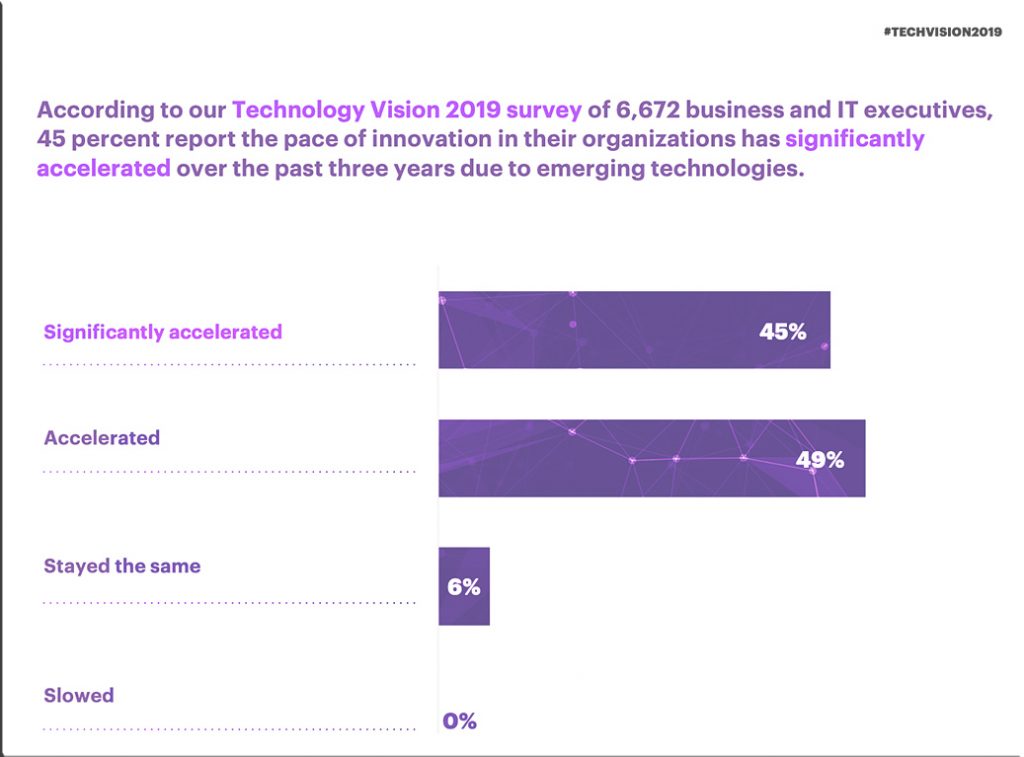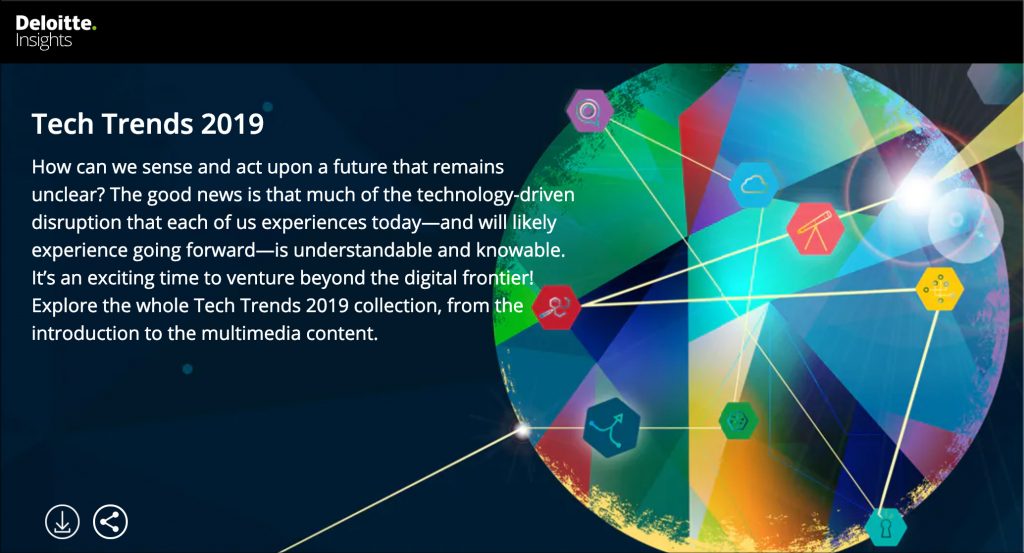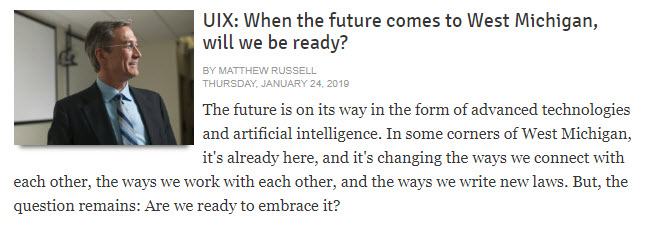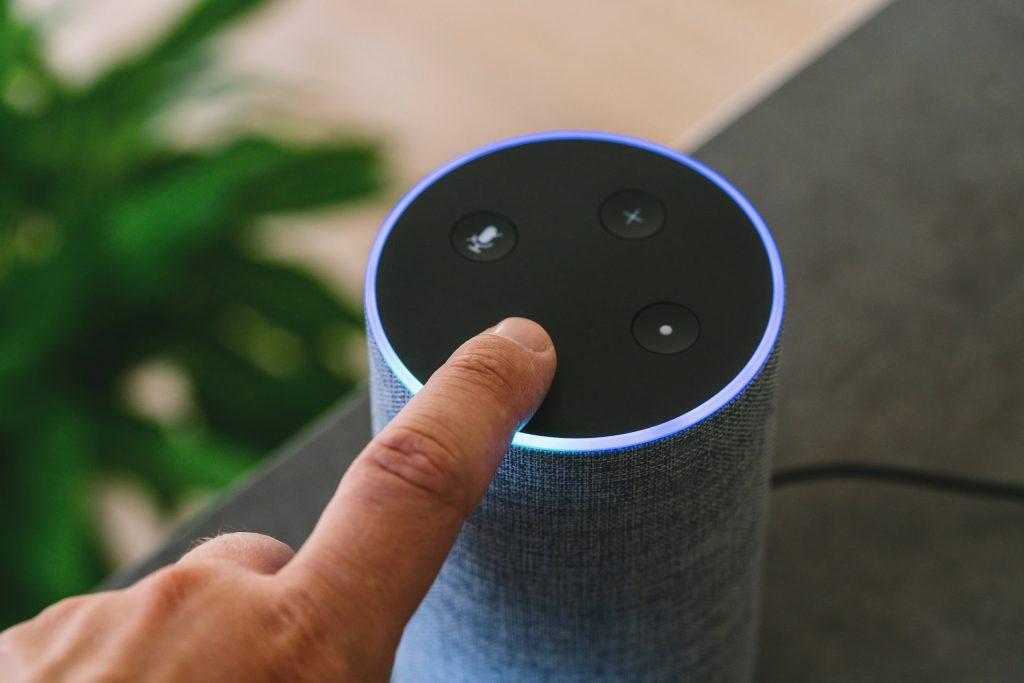81% of legal departments aren’t ready for digitization: Gartner — from mitratech.com by The Mitratech Team
Excerpt:
Despite the efforts of Legal Operations legal tech adopters and advocates, and the many expert voices raised about the need to evolve the legal industry? A Gartner, Inc. report finds the vast majority of in-house legal departments are unprepared for digital transformation.
In compiling the report, Gartner reviewed the roles of legal departments in no less than 1,715 digital business projects. They also conducted interviews with over 100 general counsel and privacy officers, and another 100 legal stakeholders at large companies.
The reveal? That 81% of legal departments weren’t prepared for the oncoming tide of digitization at their companies. That leaves them at a disadvantage when one considers the results of Gartner’s CEO Survey. Two-thirds of its CEO respondents predicted their business models would change in the next three years, with digitization as a major factor.
Also relevant here/see:
AI Pre-Screening Technology: A New Era for Contracts? — from by Tim Pullan, CEO and Founder, ThoughtRiver
Excerpt:
However, enterprises are beginning to understand the tangible value that can be delivered by automated contract pre-screening solutions. Such technology can ask thousands of questions defined by legal experts, and within minutes deliver an output weighing up the risks and advising next steps. Legal resources are then only required to follow up on these recommendations, whether they be a change to a clause, removing common bottlenecks altogether, or acting quickly to monetise a business opportunity.
There are clear benefits for both the legal team and the business. The GC’s team spends more time on enterprise-wide strategy and supporting other departments, while the business can move at pace and gain considerable competitive advantage.









